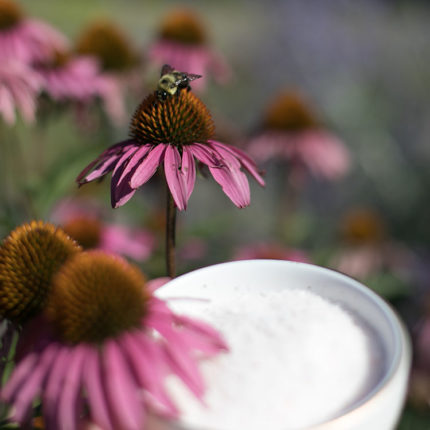As gardening – a proven stress-reliever – becomes more popular, author, speaker and certified master gardener Linda Cobb shares tips for houseplants, roses and perennials
As gardening’s popularity grows during the Coronavirus pandemic, a certified Master Gardener shares a series of tips, such as how to jumpstart roses, groom houseplants and plan for fall.
“Life seems renewed in the garden,” says Linda Cobb, a high-profile speaker and author of My Gardener’s Guide: Easy Steps to a Better Garden. “Use this time to improve your surroundings.”
Gardening can be especially timely during the quarantine, because it helps relieve stress and restore a positive mood, according to the Journal of Health Psychology.
Cobb began gardening 40 years ago, and she now teaches Master Gardener classes on perennials and annuals. She’s also spoken at the National Home and Garden Show, she’s been featured in prominent publications like Better Homes & Gardens and she serves on the Board of Directors of International Master Gardener, a group of leading researchers and industry experts.
Here are some of her top tips:
New gardeners should start small.
Choose an easy plant to grow, and don’t get discouraged if it dies – just learn from what went wrong.
“Some of the biggest mistakes new gardeners make is they jump in too deep,” says Cobb. “Start small with plants in pots because they are less labor intensive than huge gardens, but you can still have the thrill of biting into a garden-fresh tomato sandwich during the summer.”
Cobb says you can also use pots to grow lettuce, tomatoes, cucumbers, green beans and an array of herbs.
Use this extra time to groom houseplants.
Inspect houseplants for bugs, trim off dead or yellow foliage, and if needed, repot the plant into a slightly bigger pot. You can usually tell if a plant needs repotting when it dries out very quickly.
“Gently tease the plant out of its pot and check the roots. If they are going around in a circle, the plant definitely needs repotting,” says Cobb.
The biggest mistakes? Do not overwater and do not overpot the plants.
Apply Epsom salt to give roses a ‘slap in the face’.
Cobb has about 300 roses, so she usually purchases a 50-pound bag of Epsom salt and applies about ½ to ¾ cup around the drip line of the bush, which is where the water falls off the plant, after the last frost.
“Epsom salt makes the rose bush ‘wake up’ and grow,” she says. “It is like a good slap in the face.”
Another pro tip for Knockout Roses: Cobb says to prune them every Memorial Day, Fourth of July and Labor Day. Each time you prune, she suggests you apply one cup of 10-10-10 fertilizer with trace elements around the drip line of the bush. This keeps the fertilizer from piling up around the trunk or stem.
Feed your perennials, vines, peonies, hydrangeas and other flowering shrubs.
Cobb suggests filling a wheelbarrow with one third peat moss, one third 10-10-10 with trace elements, and one third cottonseed meal, then stirring it with a shovel. “This mix is only applied once a year, as it is a very strong formula that gives amazing results,” says Cobb.
Cobb says this feed should be dug into the ground under the perennial, or you can throw it down and mulch over it, but gardeners must be careful to not get any feed formula on the plant leaves. She usually applies this feed in early spring, but depending on your gardening zone, you may need to apply it in mid- to late-spring. A good rule of thumb is to wait until after the last frost.
Here is the amount she recommends for different types of plants:
- Small perennial: ½ cup
- Vine, clematis or peony: One cup per plant
- Hydrangeas: Two cups per plant
Start planning for fall.
If you’d like to fill your garden with tulips and other bulbs that bloom during spring, make a note in your calendar to purchase some bags of tulip and daffodil bulbs in late August. “They will need to be planted in garden beds or large pots by the end of October to bloom next spring,” says Cobb.
For more tips, Cobb suggests calling your local extension agent to find out what plants grow well in your area and when you should start planning.
“None of this is easy, but let me tell you it is very rewarding,” says Cobb. “Think about how good you will feel when you grow something. It is a great family activity.”
To purchase a copy of My Gardener’s Guide: Easy Steps to a Better Garden, email Linda at lindacobb@charter.net. The books are $20 each plus $2.50 for shipping.





